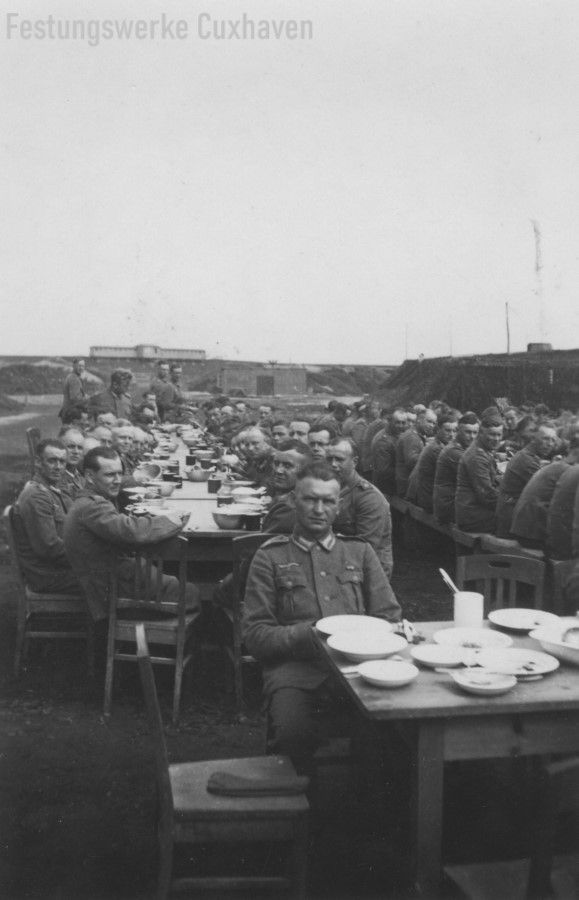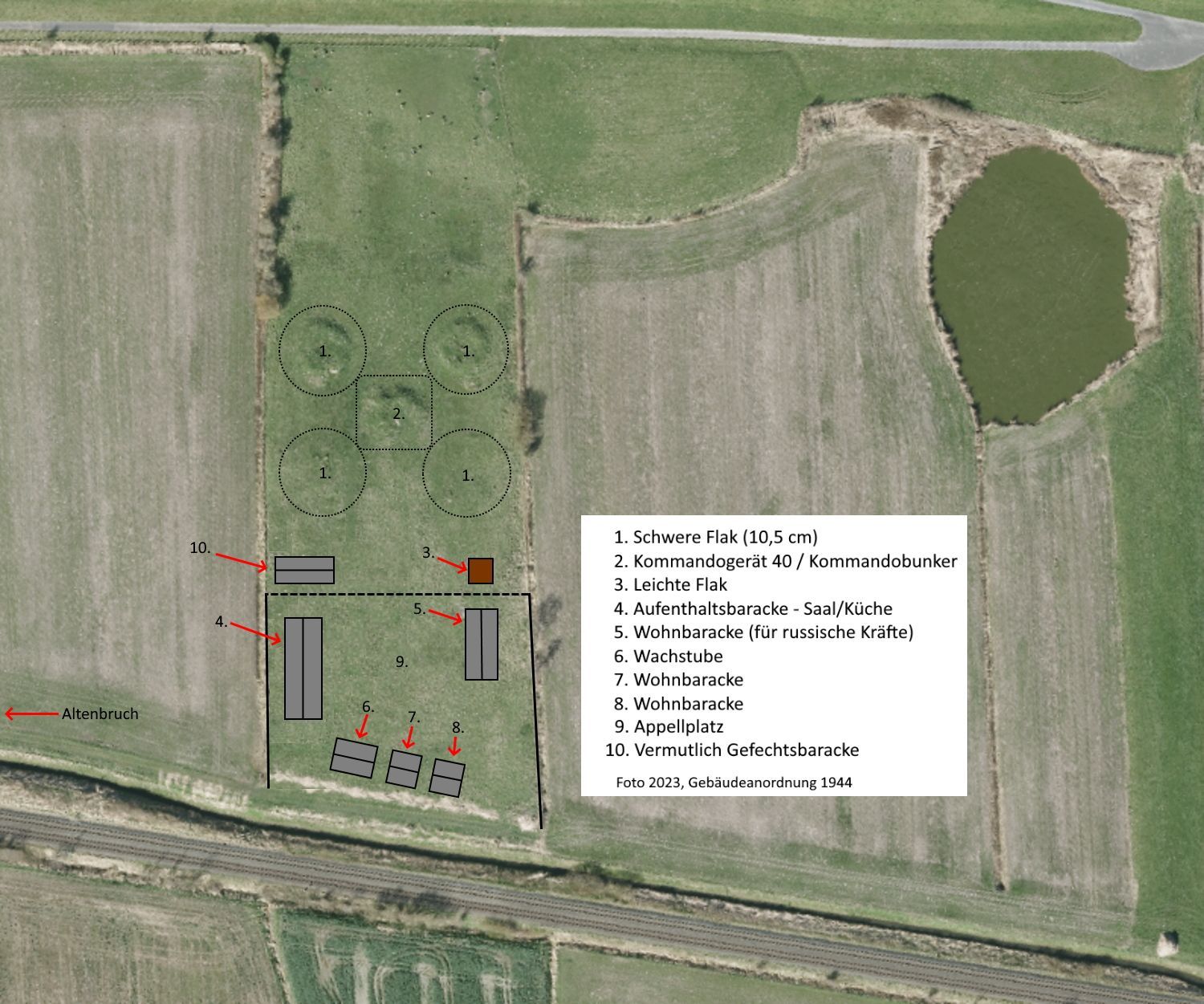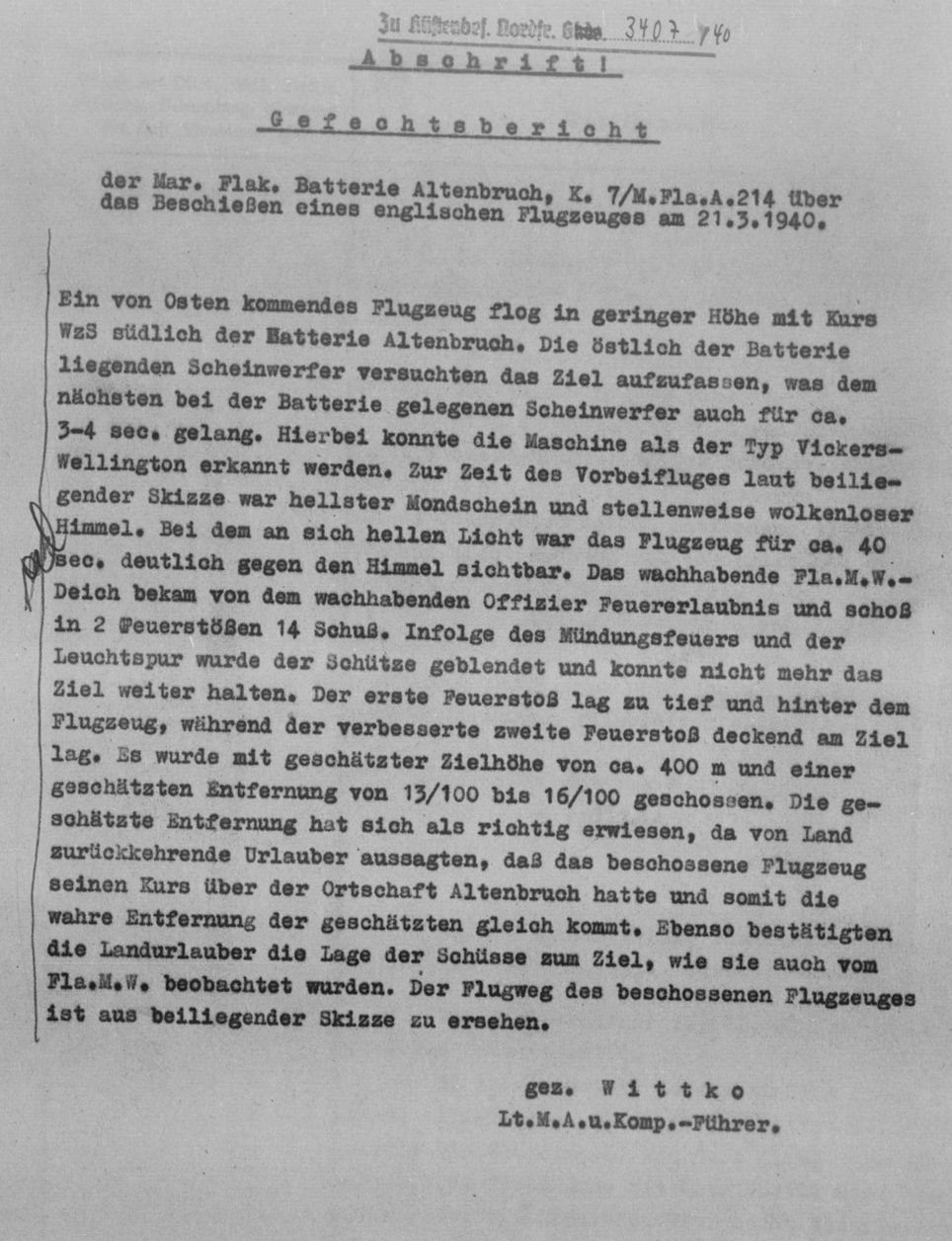
Construction of the position began in 1938 on Hans Behr's site, north of the Westhofstrom and not far from the current campsite. It was initially equipped with three SKL 30 rapid-loading cannons. In mid-1941, the outdated guns were dismantled and replaced by four 10.5 cm SKC 45s without protective cover. In addition to general air protection of the Reich, its particularly exposed location contributed to the protection of the Brunsbüttel locks, the city of Cuxhaven, the convoys and the barriers that sailed on the Elbe. As in the other batteries, only Wehrmacht soldiers were initially deployed. The progressively worsening war situation on all fronts meant that the permanent staff was greatly thinned out by secondments. For example, naval assistants and anti-aircraft assistants were increasingly called upon to work on the guns. In addition, so-called Russian war volunteers were also used, primarily to transport ammunition. It is not possible to determine how the term "war volunteer" is to be interpreted in this context. According to research, the Altenbruch battery apparently belonged to the Marine Flakabteilung 294 Brunsbüttel, with its subgroup command in Belum, when it was set up in 1938. After that, it was apparently assigned to the M.Fla.A 214 Cuxhaven as the 7th battery.
Around 80 soldiers, 20 anti-aircraft assistants, 20 female naval assistants and 25 Russian war volunteers were stationed on the site at times. In 1943, entire school classes from the Harz region, including teachers, were sometimes deployed in the battery on a rotating basis. Boys from Altenbruch such as Hermann Krack and August Starck also served as anti-aircraft assistants. The same was true of Private Emil Schmitz, who was deployed as a gunner from 1941 to 1943. The ammunition stock of anti-aircraft shells in the position was at times 5,000. A 20 mm anti-aircraft gun stood on top of the dyke to protect against low-level attacks. This was later replaced by a 37 mm Flak 38. In 1944/45 alone, the battery reportedly recorded 16 Allied kills. To ensure self-sufficiency, vegetables were grown in the adjacent fields and ducks, chickens and pigs were raised to provide some variety in the menu.
Leisure time was also fairly varied. People went to the German House (Altenbruch town center) to watch regular cinema screenings. The battery members also had the opportunity to swim in the Wehl (pond) next door or watch the pretty naval helpers.After demilitarization, the anti-aircraft battery's accommodation was initially used as living space for a few refugee families. From 1956 onwards, the barracks were used as emergency accommodation for people from poorer backgrounds. After the war, the former position was given the nickname Silver Ranch by the Altenbruch population, which still refers to this area today. In 1985, the accommodation was finally demolished, and today there is only a green meadow there. There are only a few photos of the Altenbruch battery, and there are no photos of the position here.There are two depressing reports describing the desertion of two soldiers from the Altenbruch battery. Both were executed at the Sahlenburg shooting range after their conviction. Due to copyright issues, however, this cannot be discussed further here. Source: Lexikon der Wehrmacht - Marine-Flak-Abteilungen (lexikon-der-wehrmacht.de) Source: Heiko Lüke/Altenbruch

Militärparade, vermutlich im Ortszentrum von Altenbruch.
Quelle: Heiko Lüke/ Altenbruch
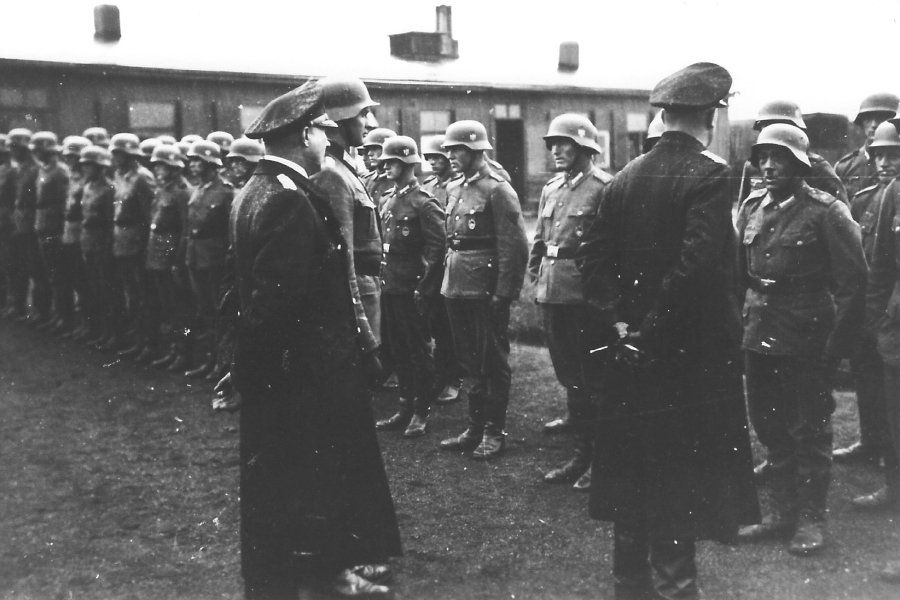
Inspection by naval commanders, the reason and the year are unknown.Source: Heiko Lüke/ Altenbruch
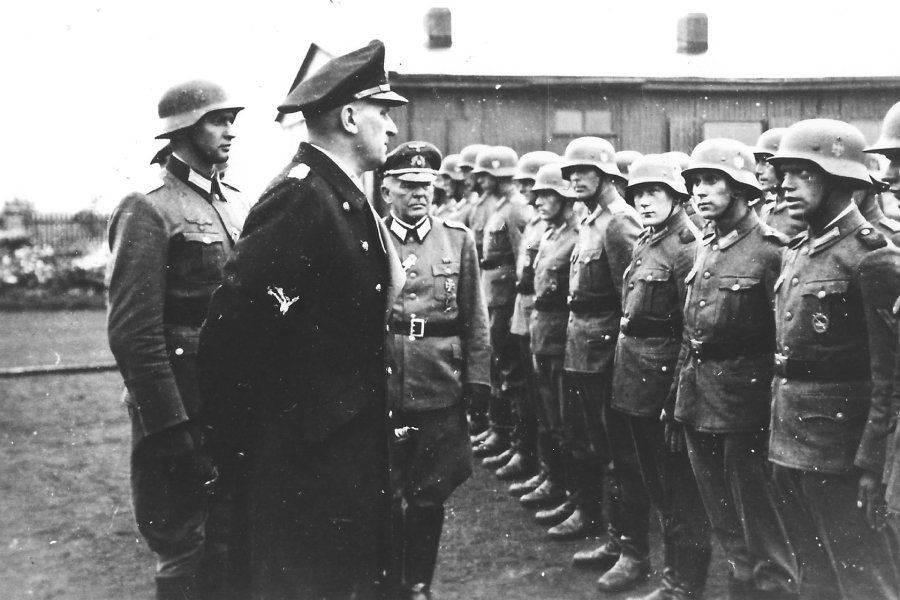
The officer, third from the left, also appeared in photos of the Drangst battery. It has not yet been possible to determine who this is.Source: Heiko Lüke/ Altenbruch

Civilian visit to a reception in the battery, the reason is unknown.Source: Heiko Lüke/ Altenbruch
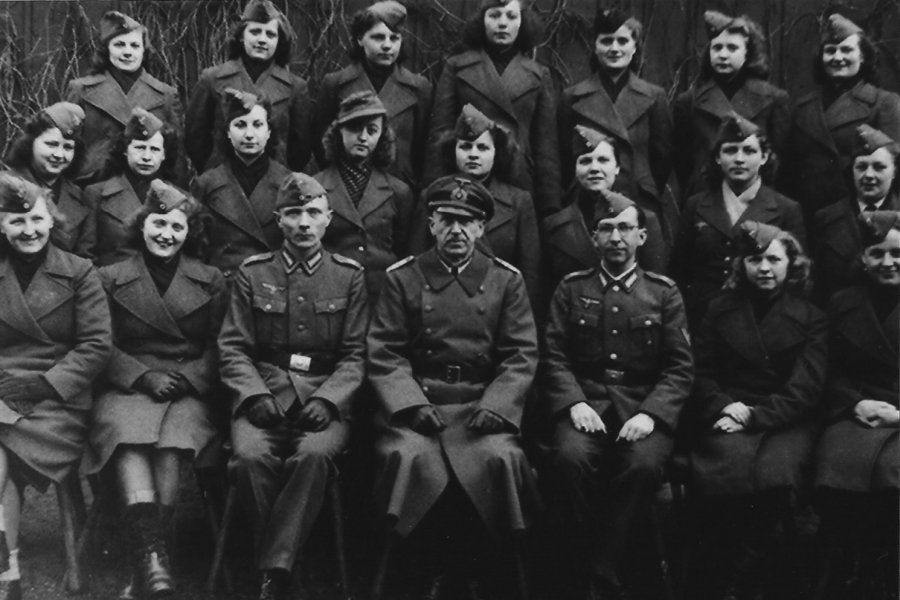
Air traffic controllers probably on a visit to the Altenbruch position. The officer in the middle is the instructor. Source: Heiko Lüke/ Altenbruch, text information by Gerd Wildfang.
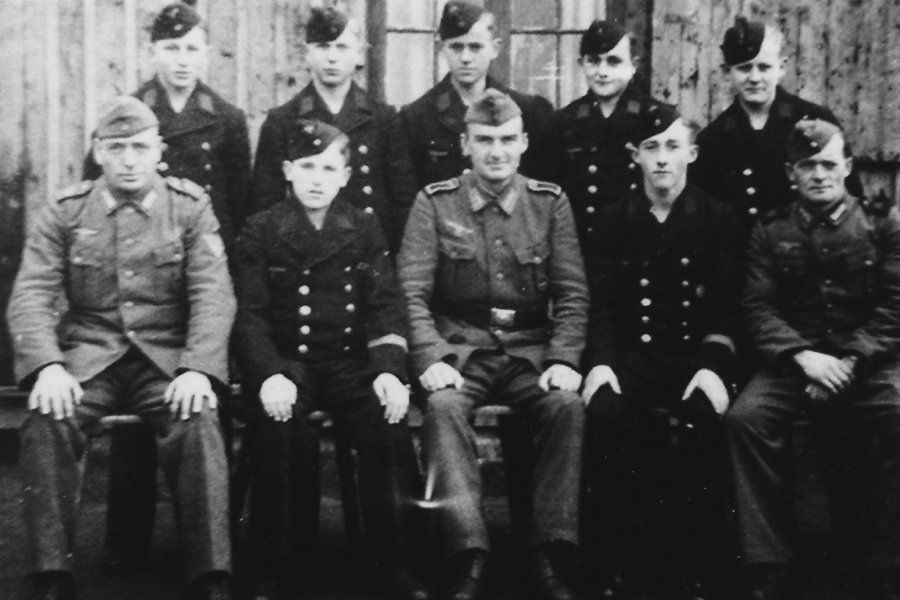
From 1943 onwards, young people also performed their compulsory service as anti-aircraft assistants in the various batteries in Cuxhaven. In Altenbruch, entire school classes from the Harz region were sometimes deployed to make up for the lack of soldiers.Source: Heiko Lüke/ Altenbruch
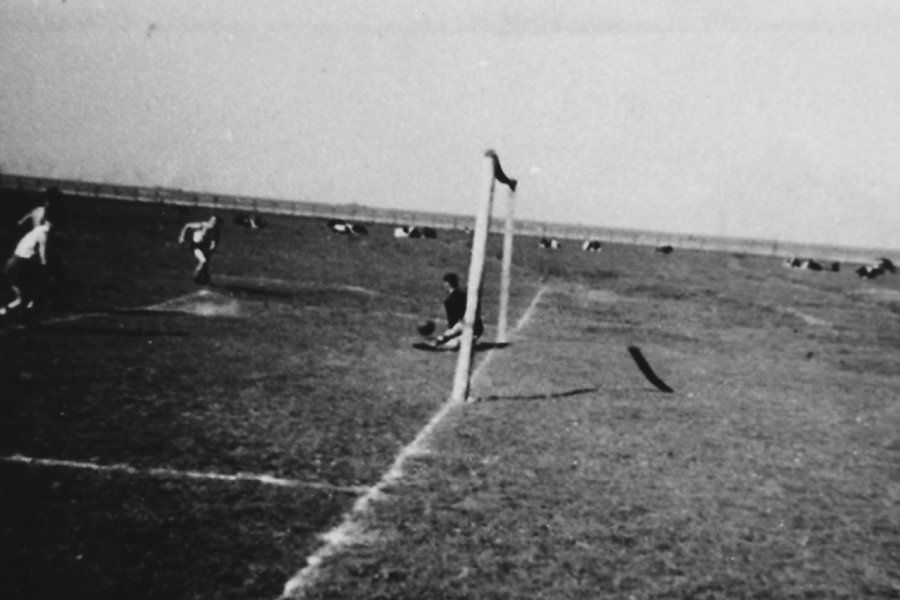
As a distraction, there was plenty of sport as well as school lessons. The provisional football pitch was reportedly located just behind the current campsite.Source: Heiko Lüke/ Altenbruch

There were also pets in the Altenbruch battery.
Source: Private

The watchdog of the position.
Source: Private
Pictures from the photo album of former Corporal Wilhelm Birk, who served in the Altenbruch battery in 1941.
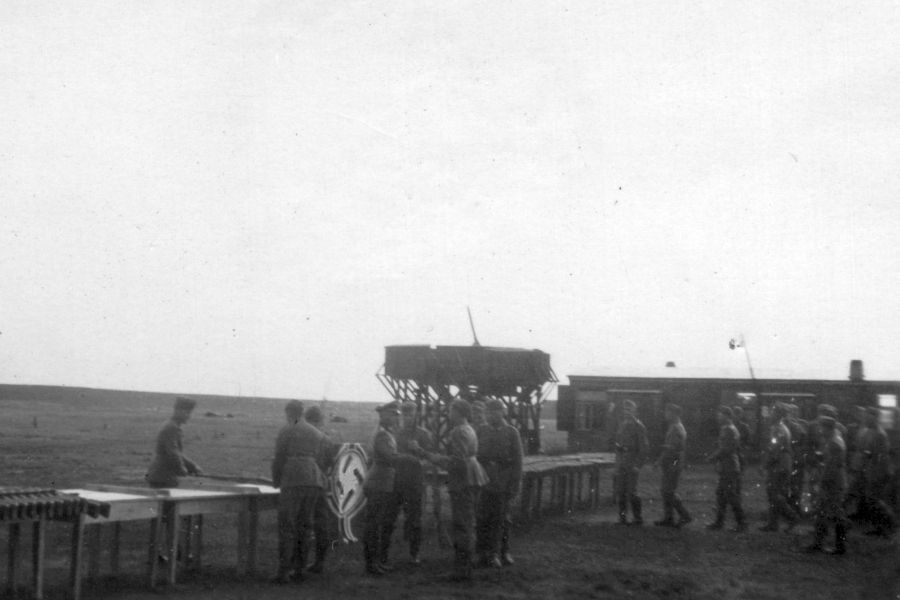
Quelle: War Museum Middelstum/Ties Groenewold
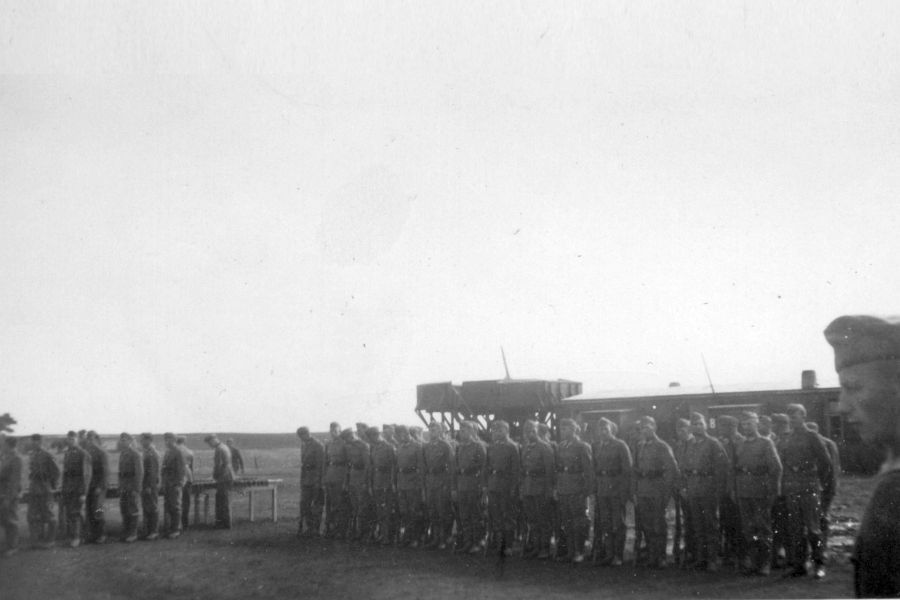
In the background the light 2 cm anti-aircraft gun on a wooden stand.
Quelle: War Museum Middelstum/Ties Groenewold
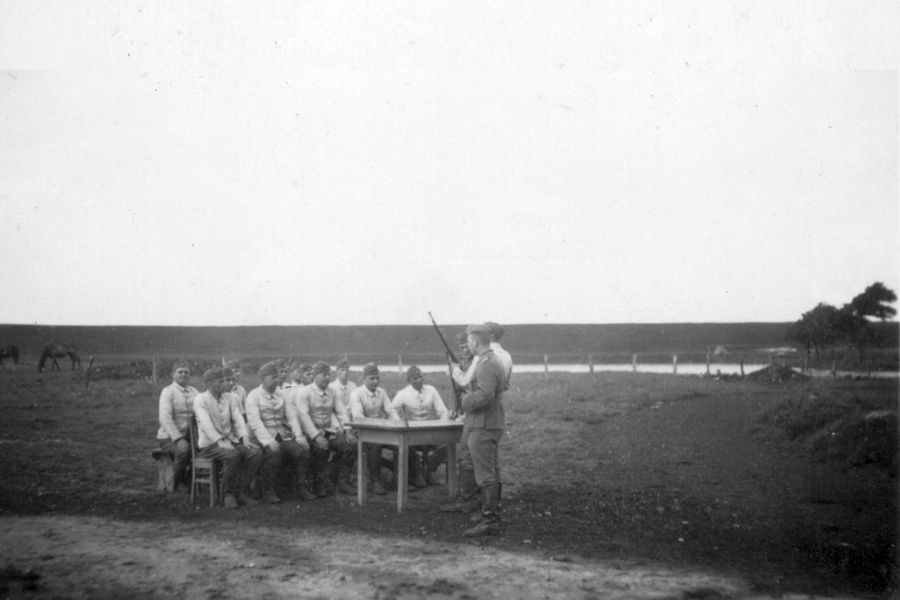
Weapons training with the Kar.98 carbine, with a small pond in the background.
Quelle: War Museum Middelstum/Ties Groenewold
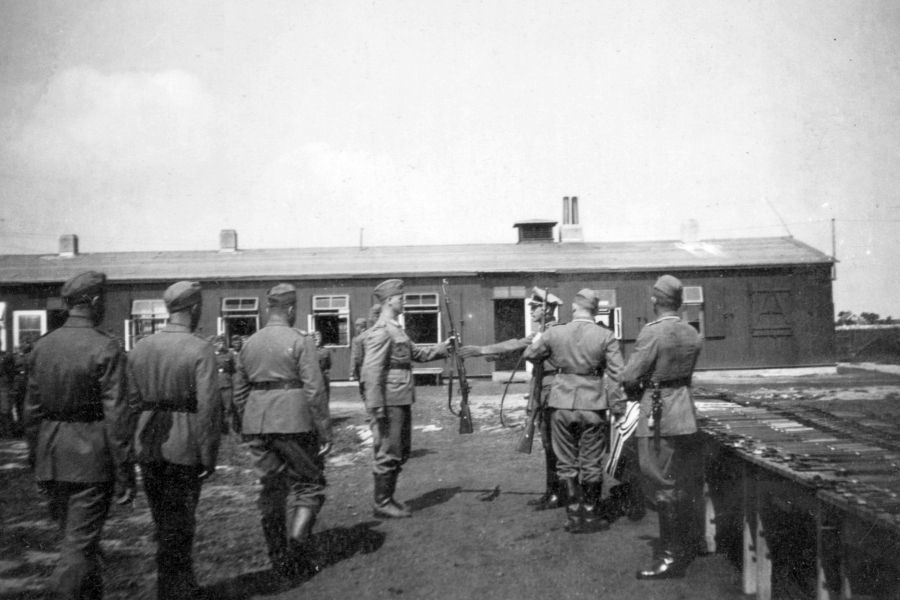
Weapons issue
Quelle: War Museum Middelstum/Ties Groenewold
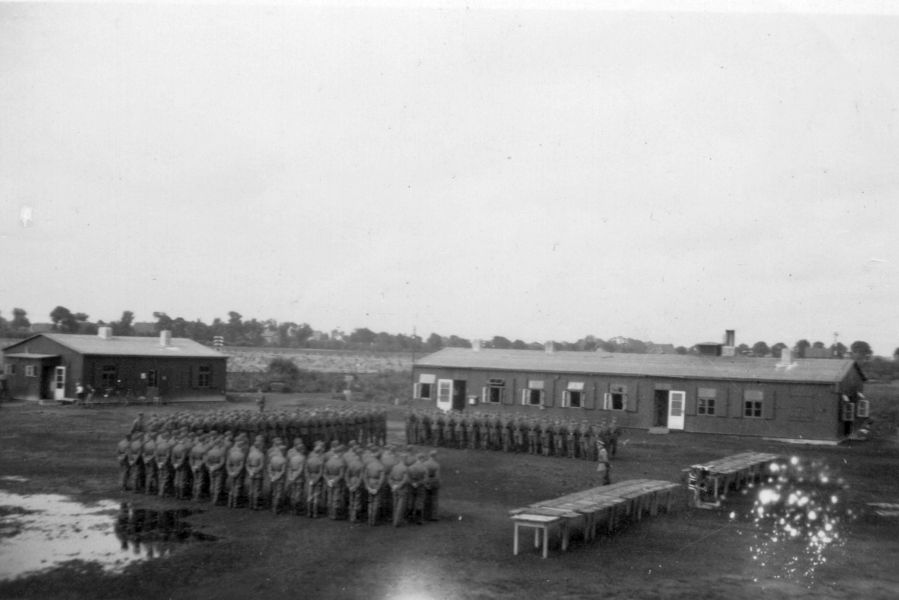
The entire battery crew lined up on the roll call square.
Quelle: War Museum Middelstum/Ties Groenewold
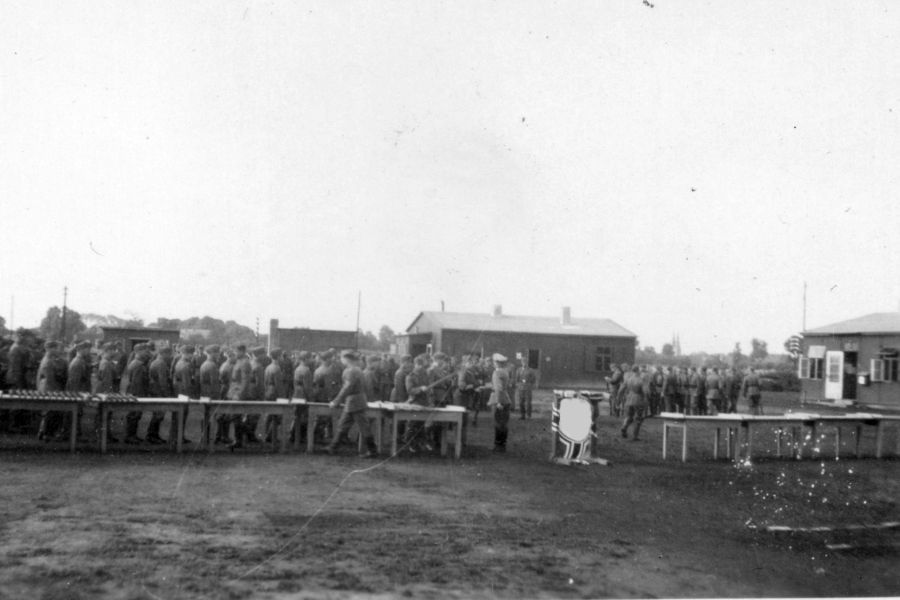
Quelle: War Museum Middelstum/Ties Groenewold
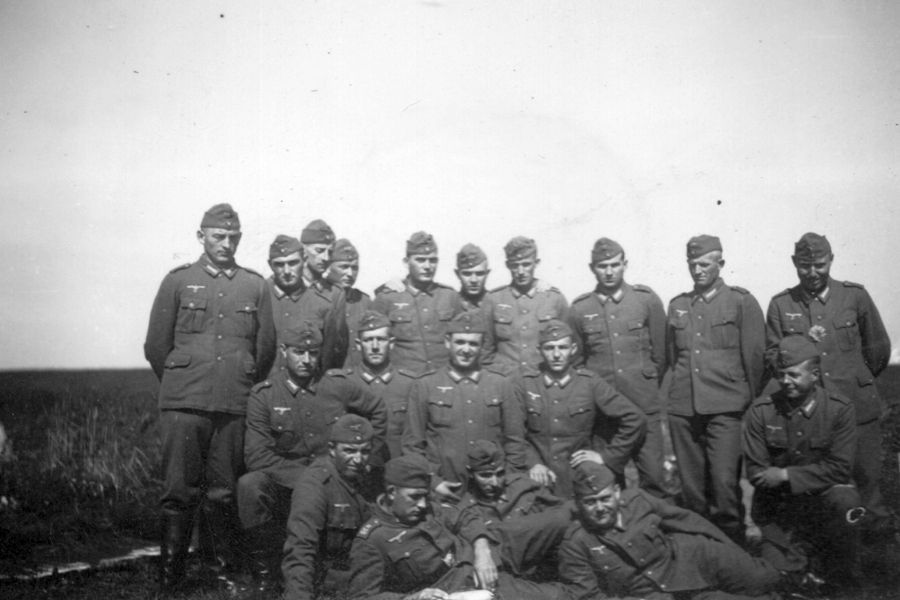
Quelle: War Museum Middelstum/Ties Groenewold
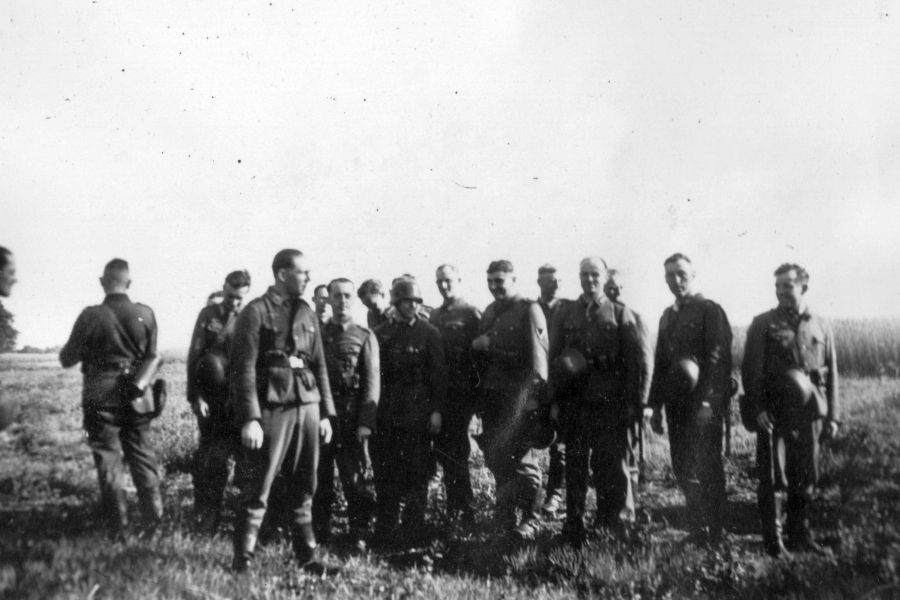
Nach einer Gefechtsübung.
Quelle: War Museum Middelstum/Ties Groenewold




